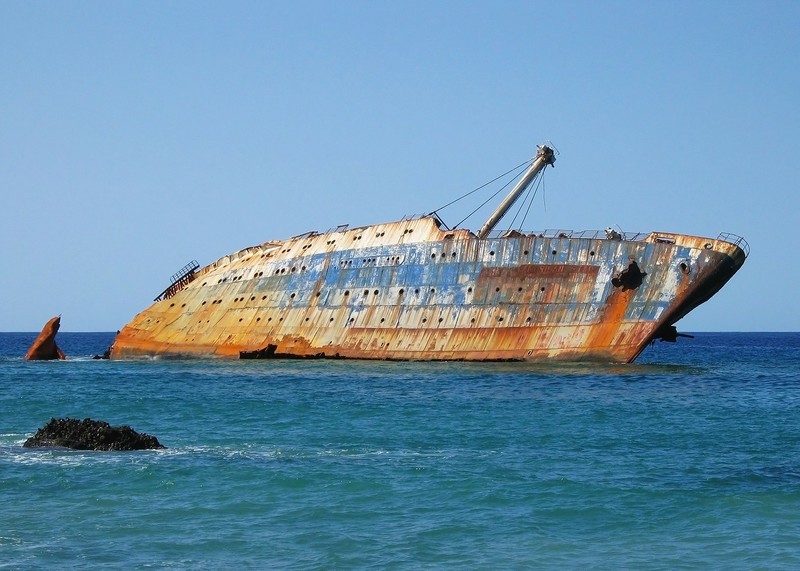Wreck removal costs have spiraled in recent years, driven largely by increasingly stringent government imposed regulations, delegates at the International Union of Marine Insurance (IUMI) conference heard.
Growing official interest in salvage operations has been based on environmental concerns fuelled by media interest and is by far the biggest factor behind rising expenses.
That was the message delivered by Mike Kelleher, of the West of England P&I Club as he presented the findings of a P&I working group report examining 20 major casualties over a period of ten years.
Ironically however, interference from state maritime authorities can cause delays to the removal of wrecks which may lead to even greater environmental problems.
Some requirements may also introduce disproportionate costs, added Mr Kelleher, and could warrant possible legal challenges.
Another major factor in the cost of wreck removal is, of course, the geographical situation of the incident and this is largely a matter of fortuity.
But salvage operators can take action to ensure they are as well prepared as possible. For example, most heavy salvage equipment is located in the northern hemisphere and not well placed to respond to incidents in southern oceans.
"Careful planning might mitigate costs," commented Mr Kelleher. "Much of the scope for bettering the financial position comes at the planning stage."
He added that P&I clubs should also work to provide as much information as possible to allow salvage operators to tender effectively for wreck removal.
"In the early stages there is intense pressure to get moving quickly."
Particularly difficult wreck removal operations are often those that involve container removal, though the 20 major incidents examined by the working group only included smaller and medium sized container vessels.
"The fact is the industry has so far been fairly lucky," commented Mr Kelleher. "Perhaps it is only a matter of time before one of the large vessels is involved in a casualty."

